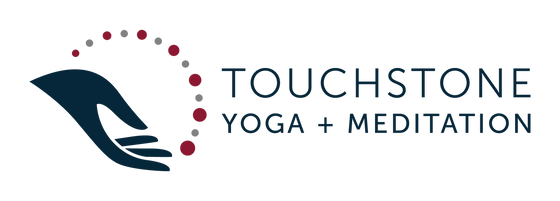You have the power to alter the effects of stress!

The powerful mind-body connection has been studied for over 40 years. Our bodies are highly intelligent systems that communicate with us continually throughout the day signaling whether we are hot, cold, hungry, anxious, tired, dehydrated, stressed or in pain, just to name a few. The potential problem is when our brain receives that signal and whether we choose to listen or not. It’s very easy to ignore the signals that something is wrong when we have overloaded schedules or put others’ needs before our own. How many times do we promise ourselves to eat better, go to bed earlier, exercise more and it just never seems to happen?
Even if we are aware of any mental or physical distress signals, it is also common to rely on external methods to cope, like drugs, alcohol, over-eating, sex, binge-watching television, any type of distraction that masks our problems. Unfortunately, these are only temporary band-aid solutions that often produce other problems.
The accumulation of or constant state of stress can exacerbate or contribute to health problems, some of which you may be experiencing. The signs of stress can be emotional, cognitive, physical or behavioural, ranging in severity from mild to severe.
- Emotionally you may be more irritable or moody, experience feelings of guilt or helplessness, feel depressed or anxious and have difficulty relaxing;
- Cognitive symptoms may include inability to concentrate or focus, memory problems and procrastination or difficulty making decisions;
- The physical repercussions may include headache or migraines, stomach and digestive issues, high blood pressure or heart rate or muscle tension;
- Behavioural symptoms include difficulty sleeping, loss or increased appetite, withdrawal from social, work or family interactions and/or responsibilities.
So, what happens to the body when we’re stressed? Stress elicits the fight, flight or freeze response and the amygdala sends a distress signal to the hypothalamus that in turn fires through the central nervous system and prepares the body to react. A surge of epinephrine (adrenaline) is released increasing heart rate and oxygen consumption, creating a hyper-alert mind/body state. Glucose and stored fats are also released into the blood stream to energize the body. After the first burst of epinephrine, the hypothalamus, pituitary and adrenal glands are fired up, triggering the release of a series of hormones that include cortisol to maintain this highly reactive state in the face of danger. Once the conflict or danger has passed, the parasympathetic nervous system kicks in to shut off the flood of reactive hormones, allowing the body and mind to calm down and re-stabilize. This is a completely natural cycle, but it can become problematic if we suffer from chronic stress and the mind/body rarely get the chance to relax.
The good news is that while our mind and body have the natural ability to protect us from any perceived threat, we are also equipped with the ability to self-induce a state of relaxation. The method known as the “Relaxation Response,” was studied and created by Dr. Herbert Benson at the Harvard Medical School. By engaging the parasympathetic nervous system, we can lower our heart rate, metabolic rate and breathing rate. The Relaxation Response can be induced by focusing the mind which triggers a state of calm bringing the mind and body back into balance.
Great, so how is this achieved? Meditation! If you are new to meditation, there is a simple way to begin. The first step is to find or create a quiet space to be used specifically for meditation. Make it as comfortable as possible using a pillow or chair to sit on, decorative candles or special objects to make the space uniquely yours, and soft music if desired. Take care not to get so comfortable that you fall asleep. Once comfortable, repeat silently or out loud a meaningful word, phrase or prayer. The key to any meditation practice is to remain as passive as possible which is often the most challenging aspect of meditation. Adopting a passive attitude means refraining from worrying how well we are meditating. If you can sit for 5 minutes, you sit for 5 minutes. If you can sit for 15 minutes, then sit for minutes. The goal is to just sit quietly in the moment, repeat your chosen word/phrase with no self-judgement. By creating a regular practice, it will become easier and easier to trigger our parasympathetic nervous system and reverse our reactive state.
Once you are comfortable with your meditation practice you can explore different meditation tools such as various breathing exercises and the use of a meditation Mala just to name a few. There is no quick-fix cure-all to all health problems, but we can and should play a part in our own self-healing. A holistic approach to health is always the best plan that combines traditional medicine, proper nutrition, sleep and exercise and incorporating complimentary tools like yoga and meditation. The mind and body are interconnected, and this connection is so powerful that the state of our body affects our mind and the state of our mind affects our body. You can’t control external stressors, but you can influence your reaction to them.
Give meditation a try!
Photo by Milan Popovic on Unsplash




